The Cost of Borders
On maps borders are depicted as lines of equal thickness that divide our world into separate states. In international law, they are markers of territory that states have a right to defend. In the Cost of Borders, I challenge these lay and legal imaginaries of borders. I show that in practice, borders are comprised of a series of transactions that are always costly and often deadly. These include the exorbitant payments made by states, that fuel a security apparatus, and animate industries designed to deny the mobility of people, and even kill them. They include expenditures made by travelers, who go into debt and risk their lives to secure a future worth having. It includes a growing smuggling industry valued at $10 billion a year, of people who carry the ladder to the spot of wall least surveilled, who provide boats in treacherous waters, who sell a pathway to freedom that travelers are gladly paying.
Though borders do not deter people from moving, I show, what the security logic of borders is successful at is destroying the democracy that makes the nations that erect them an attractive destination for anyone. The ultimate cost of borders, I argue, is the destruction of the nation itself.
Writing from this project has appeared in public outlets including “Borders & the Exchange of Humans for Debt,” “The Inhumane Futility of Border Policing,” “For Women Migration is a Constant Fight,” as well as pieces on Climate Crisis Displacement and Racism and Blocked Refuge written for the Arab Center in Washington, DC.
(Image of abandoned chair in evacuated “jungle camp” in Samos taken by Fayad Mulla)
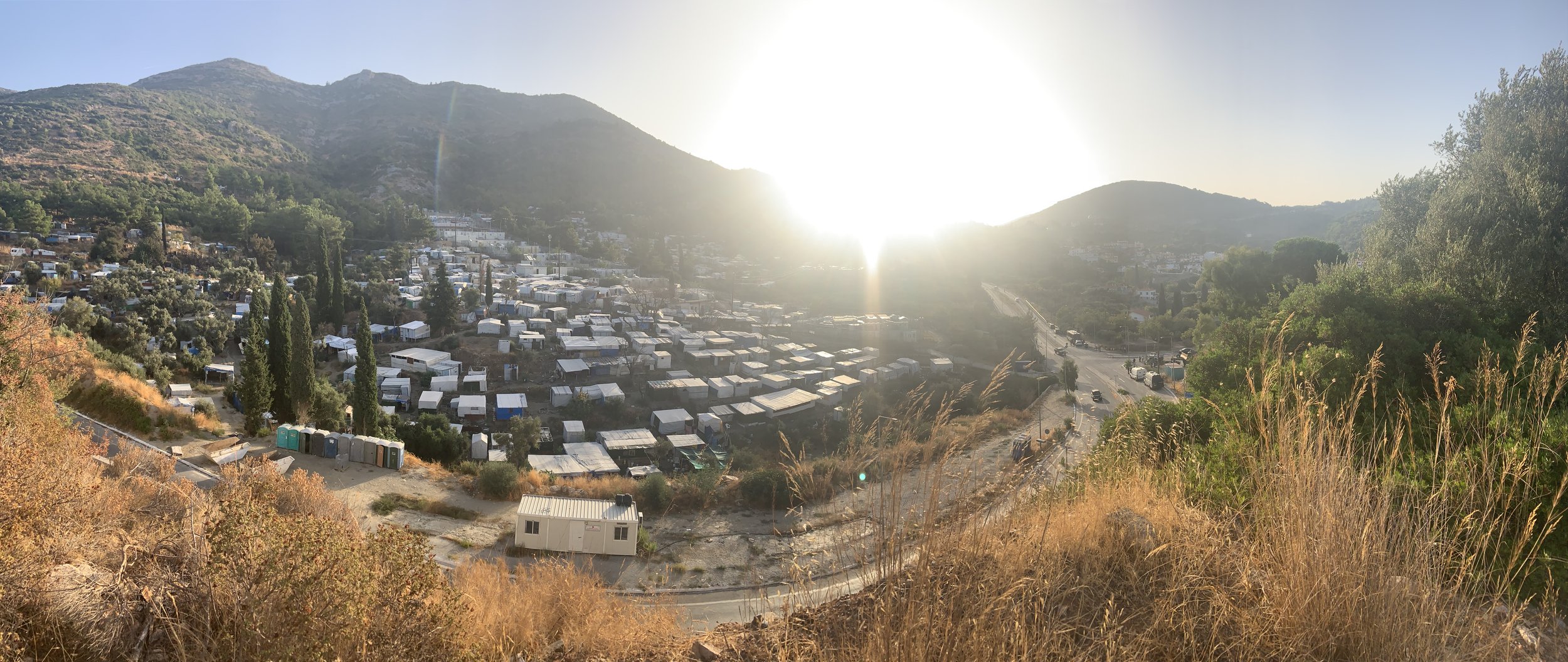
Panorma of evacuated "jungle camp" Vathy, Samos (photo credit: Heba Gowayed)
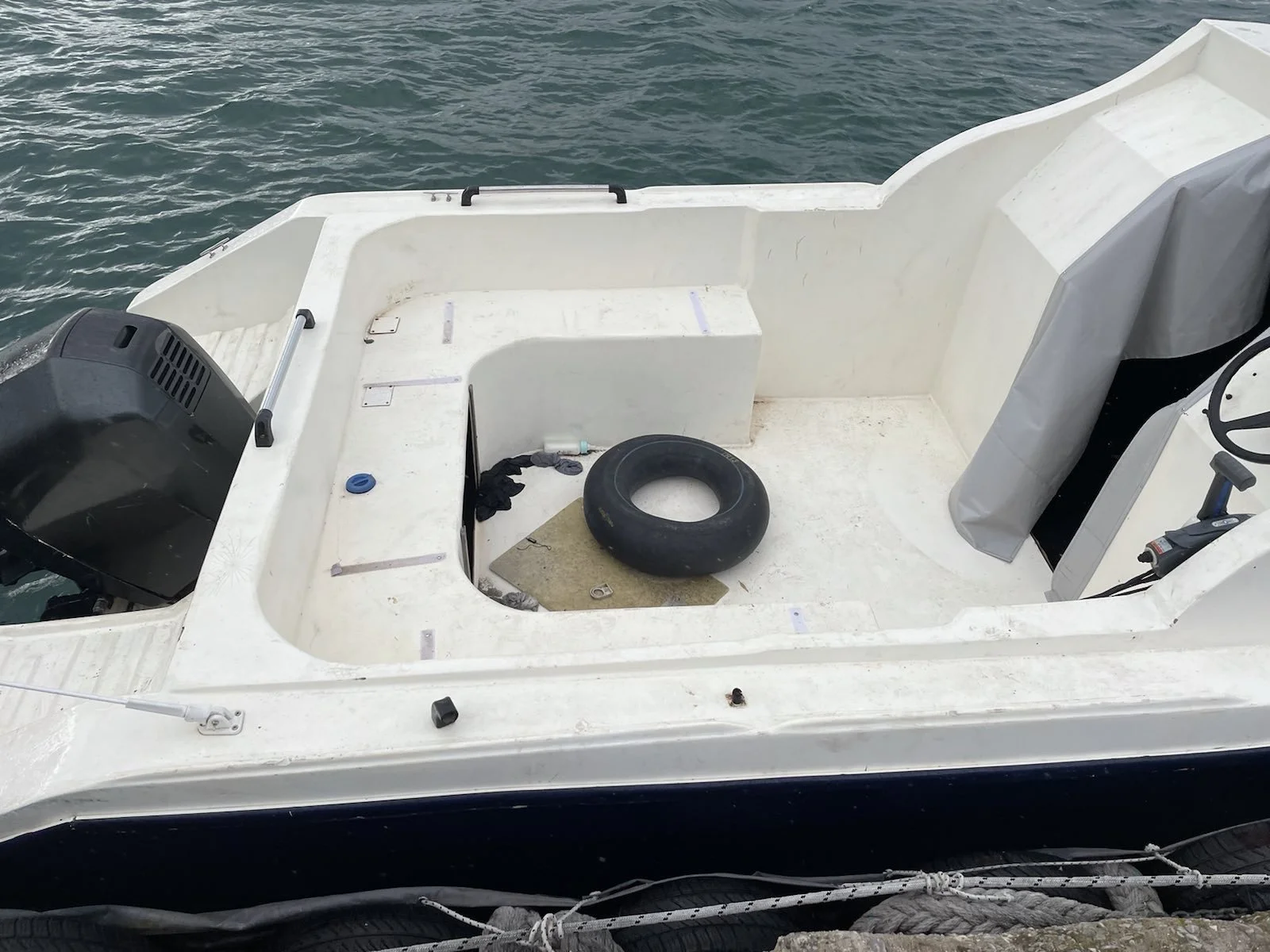
Confiscated boat in Lesvos port, baby bottle visible (photo credit: Fayad Mulla)
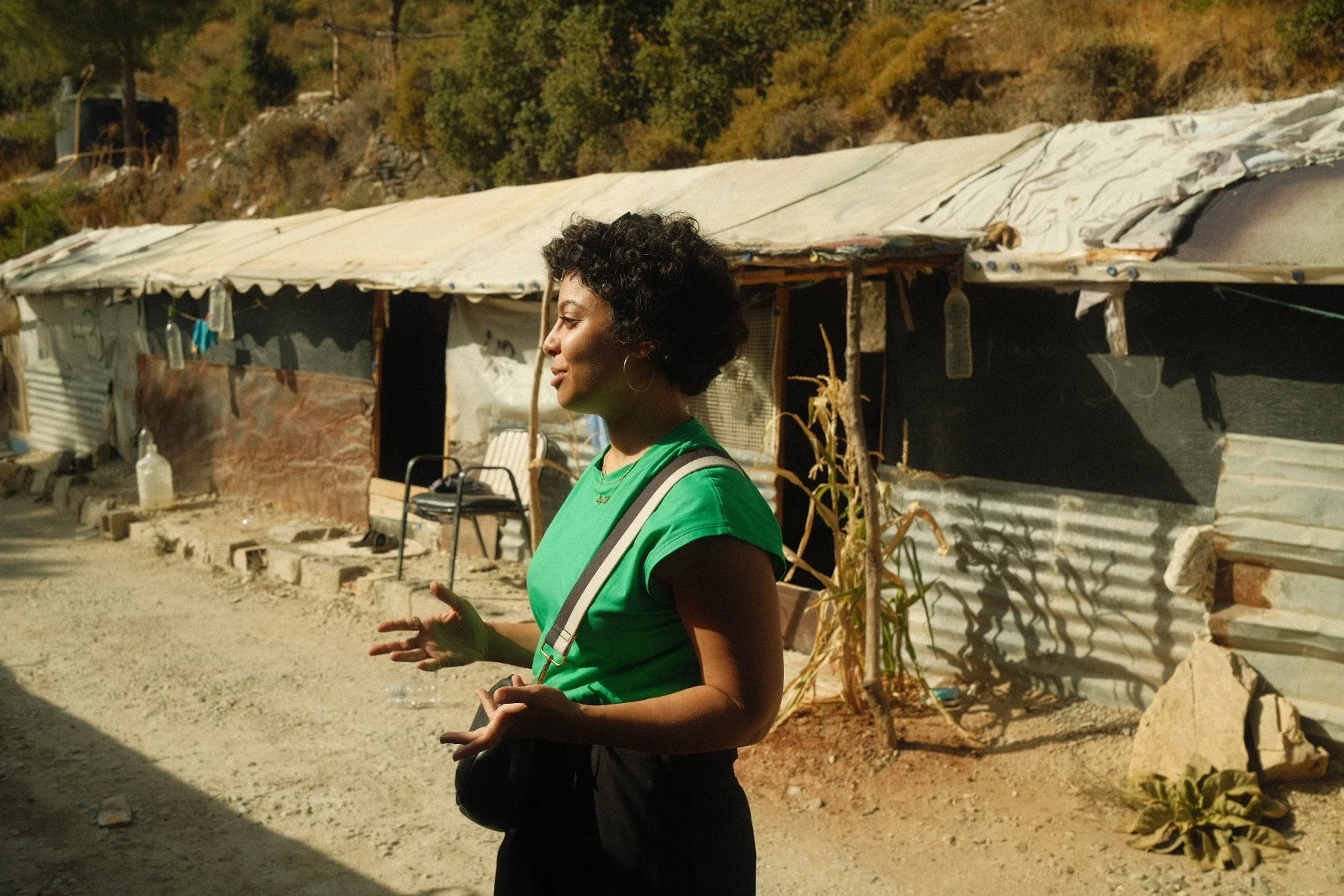
Conducting interview evacuated "jungle camp" Vathy, Samos (photo credit: Fayad Mulla)
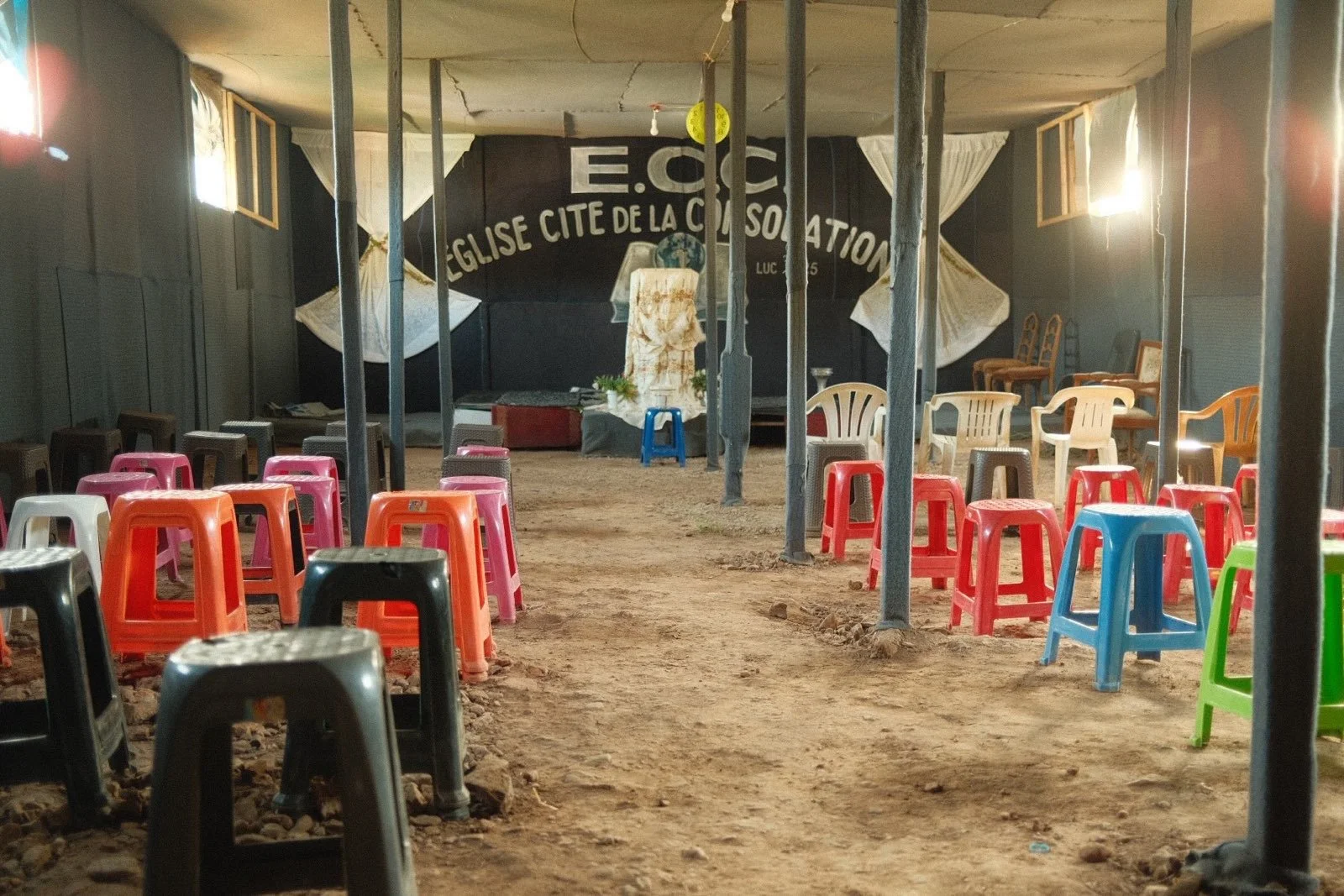
Church in Rubb Hall in evacuated "jungle camp" Vathy, Samos (photo credit: Fayad Mulla)

Gym in evacuated "jungle camp" Vathy, Samos (photo credit: Fayad Mulla)
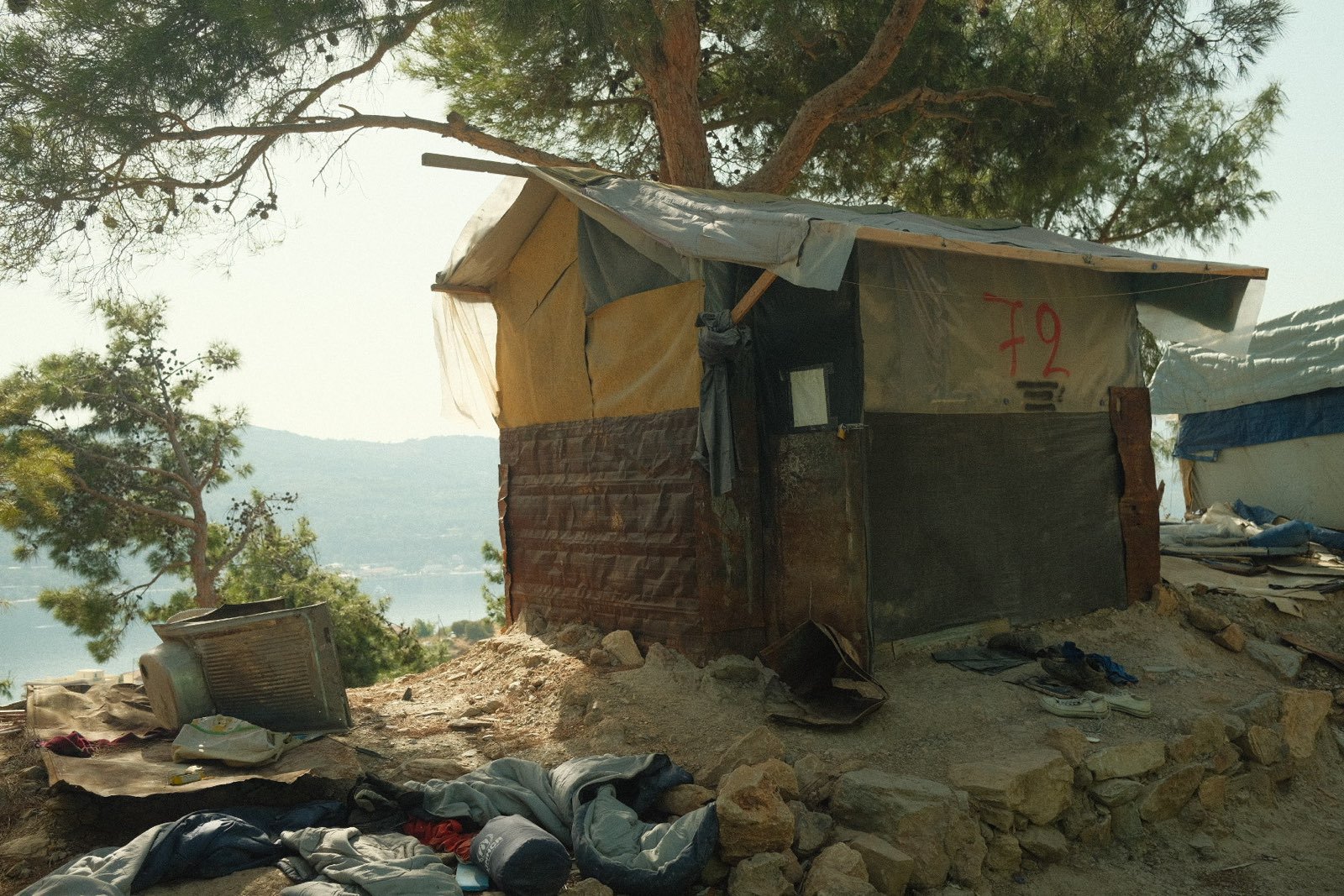
Evacuated "jungle camp" Vathy, Samos (photo credit: Fayad Mulla)
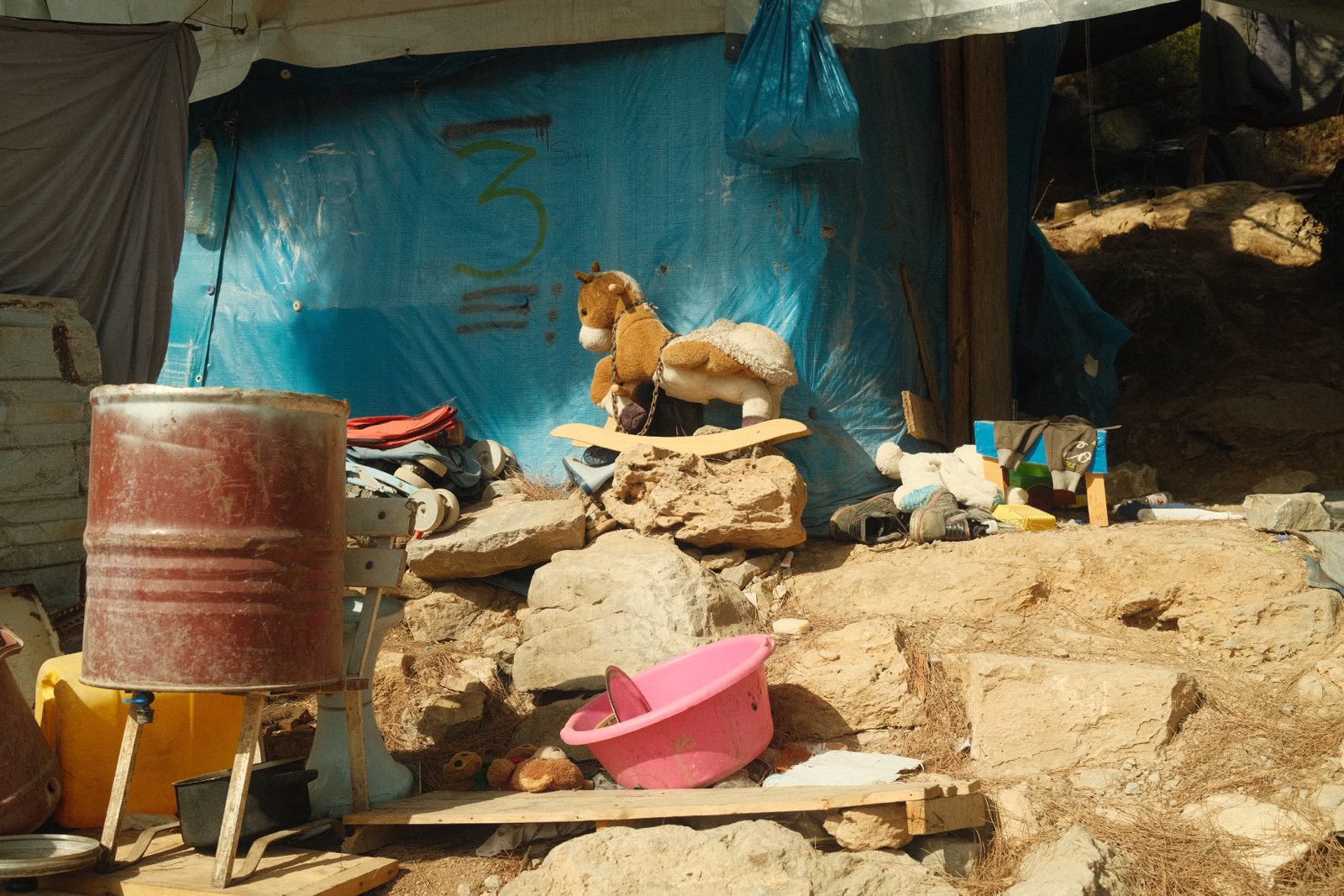
Children's toys evacuated "jungle camp" Vathy, Samos (photo credit: Fayad Mulla)
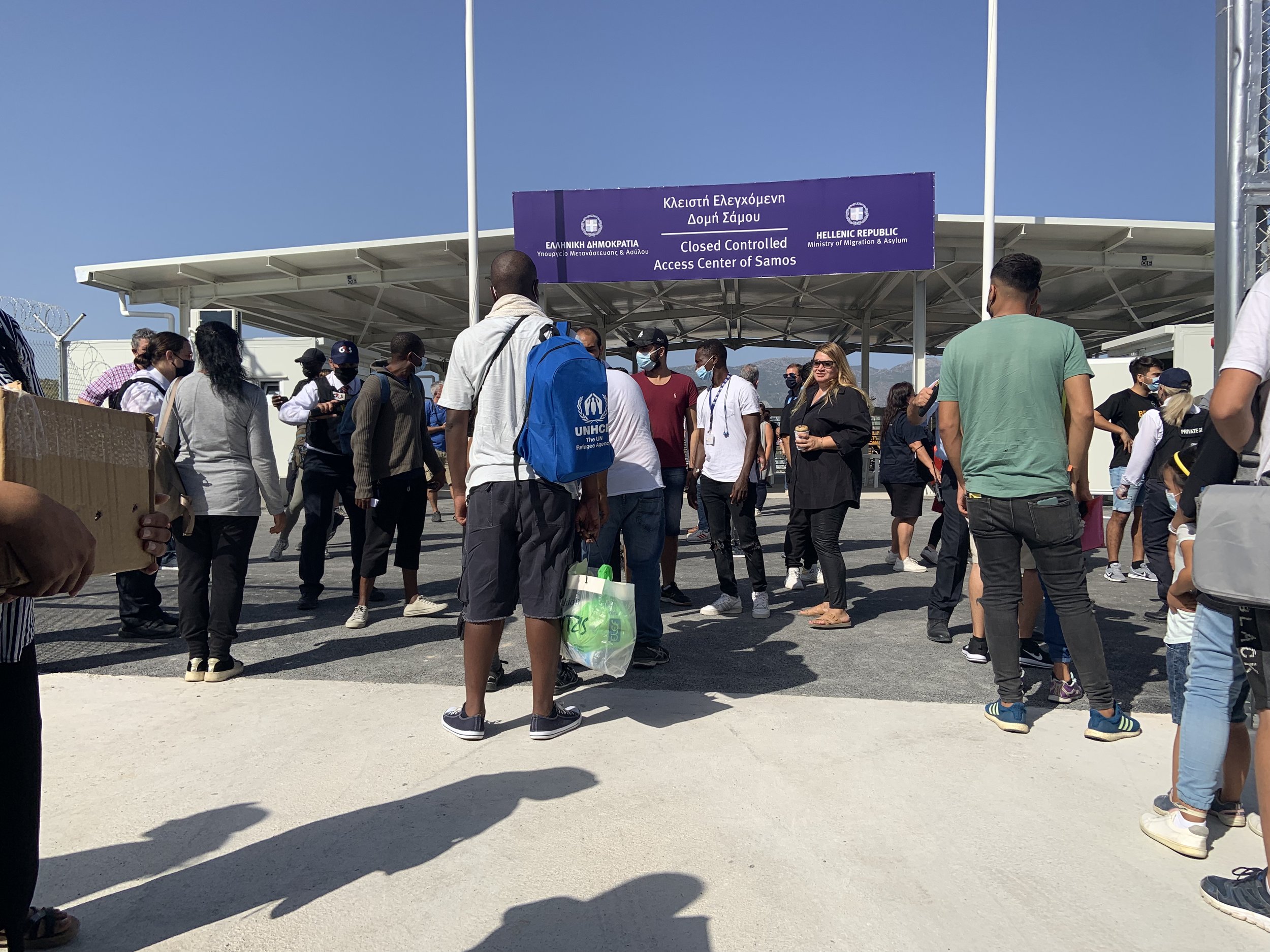
"Closed Controlled Access Camp" -- effective prison to which asylum-seekers were evacuated to in Vathy, Samos. (photo credit: Heba Gowayed)

Graffiti on the walls of Ritsona camp in Athens. (photo credit: Heba Gowayed)
